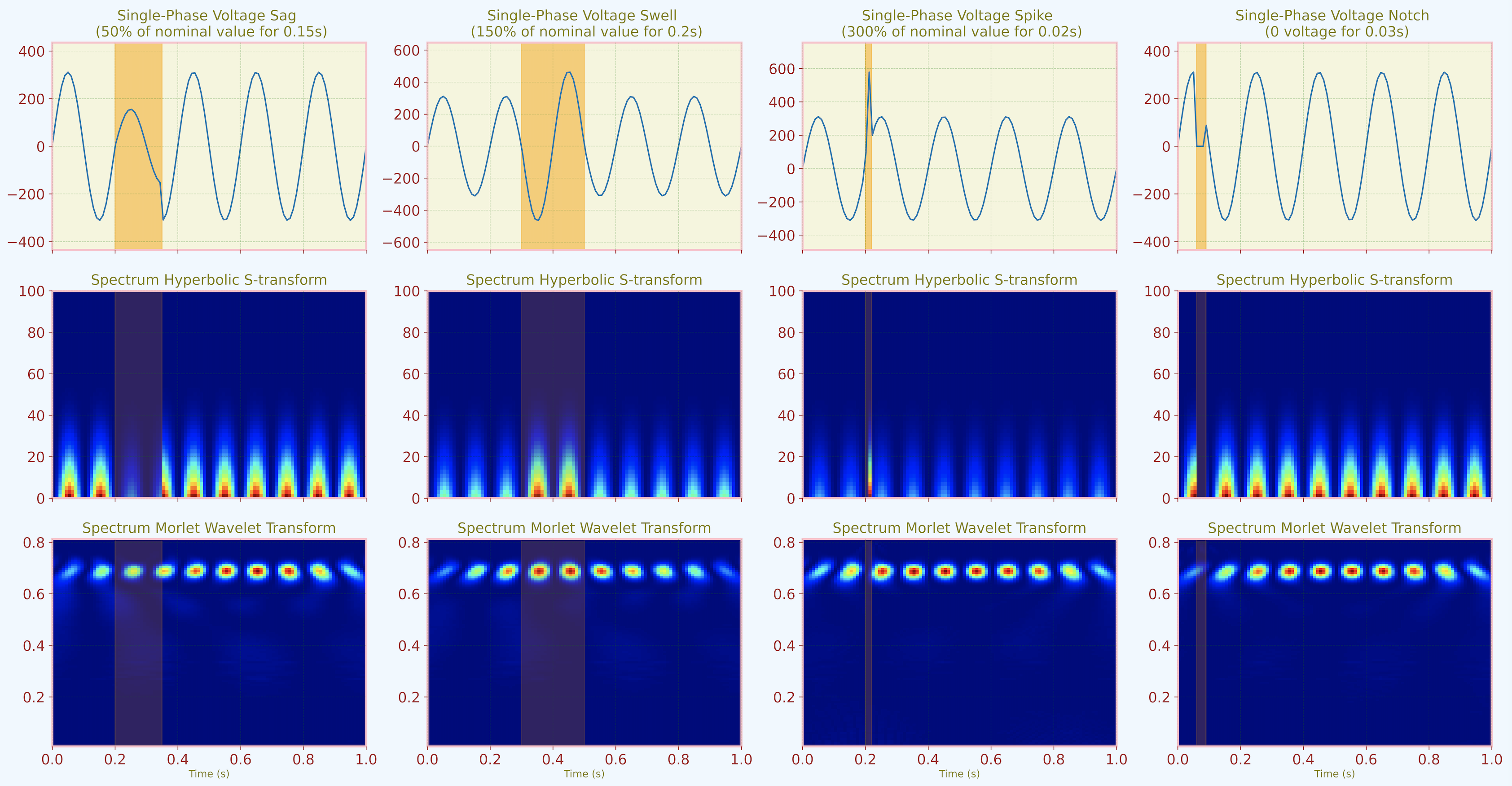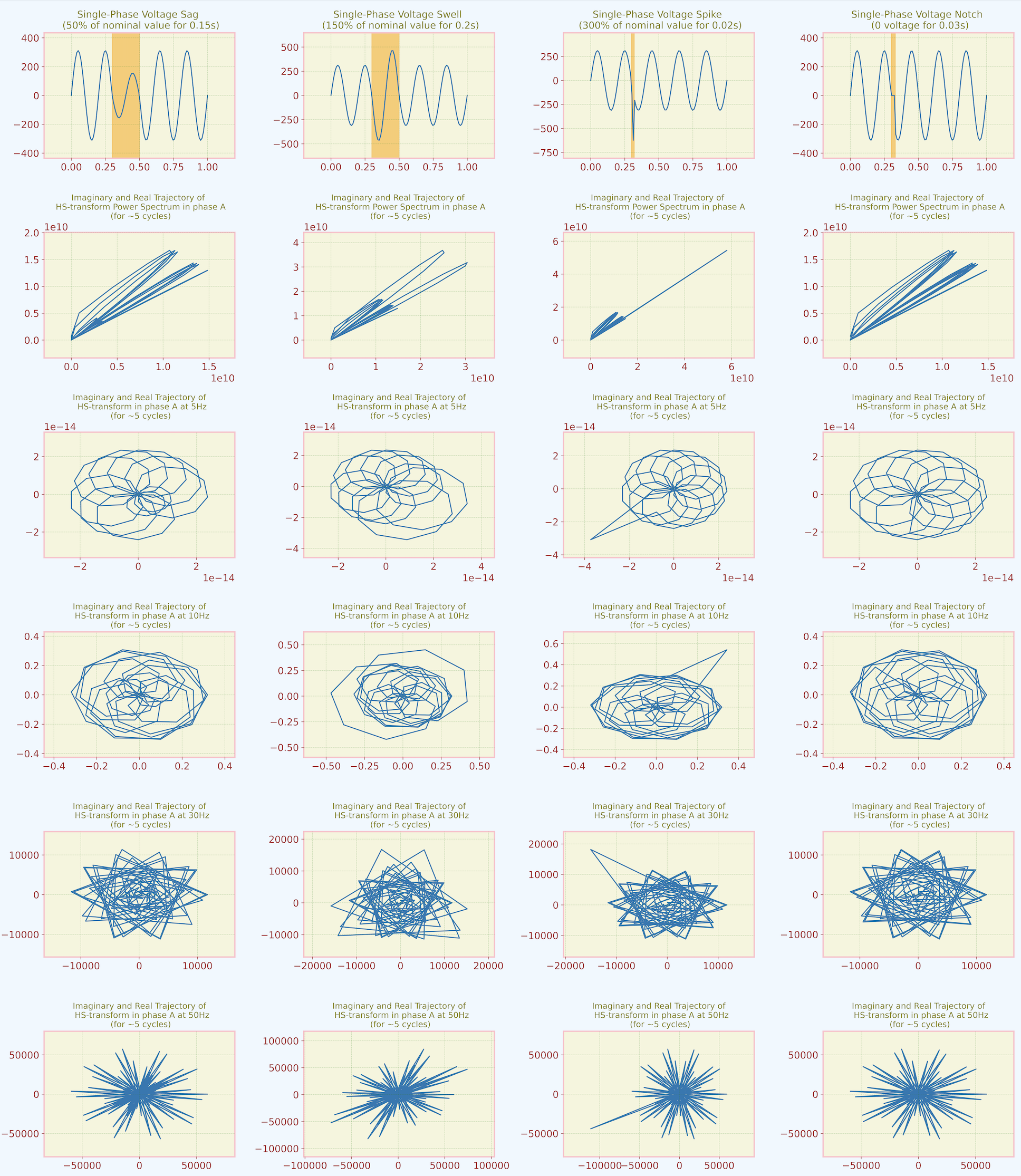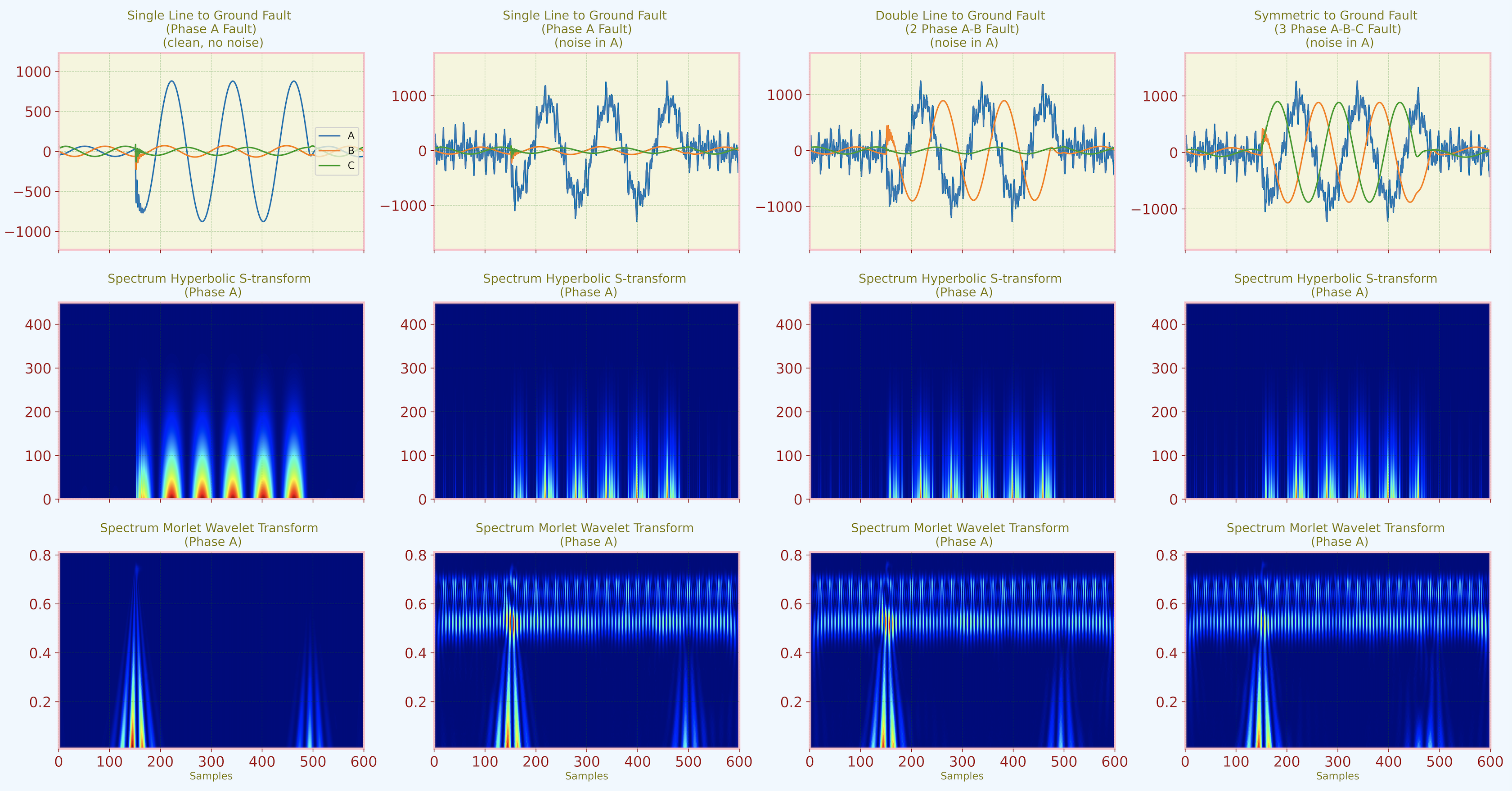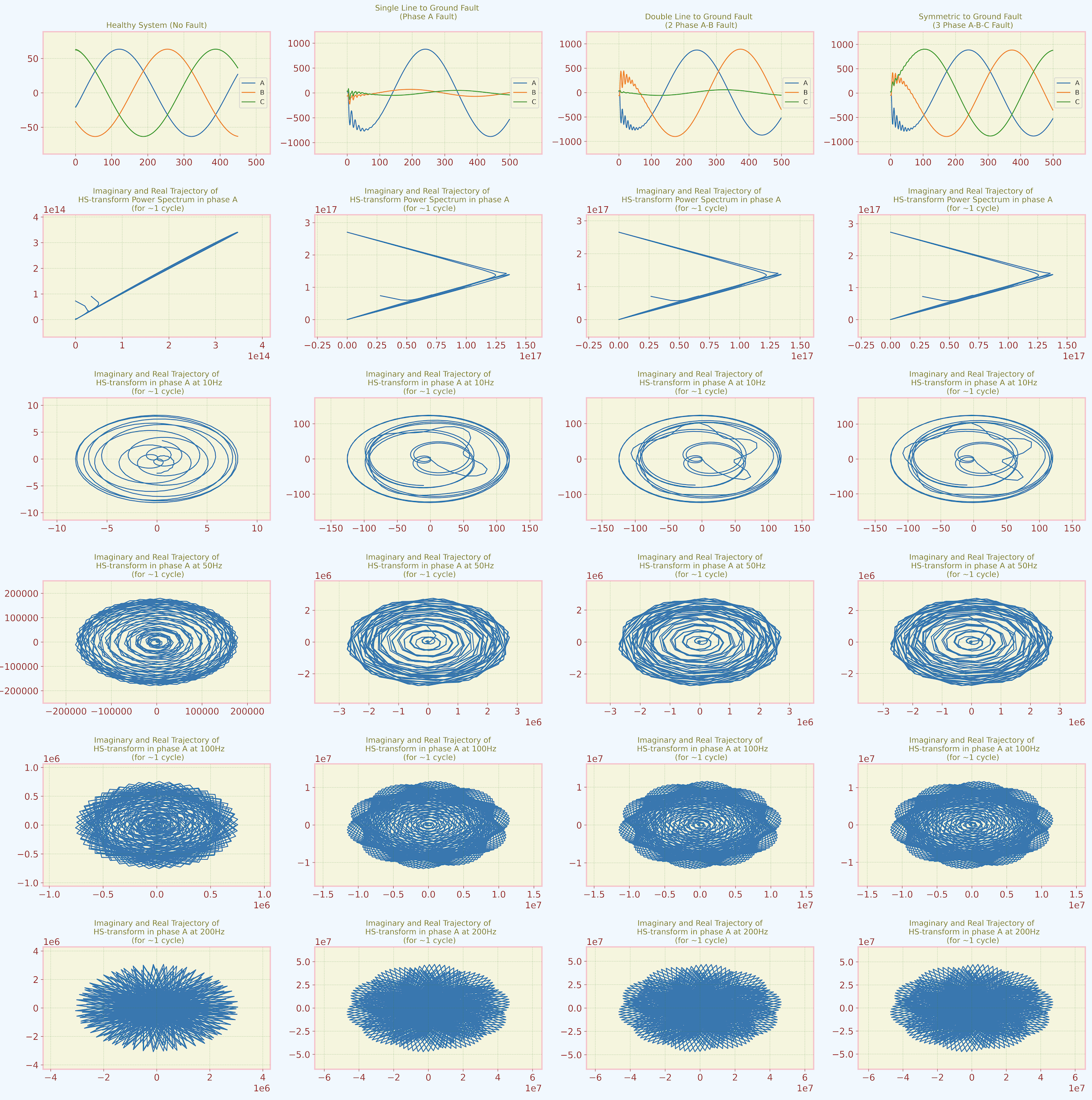Package for Hyperbolic S-transform. Link to Pypi Project
HS Transform is a Python package for performing Hyperbolic S-transform [1]. The S-transform is a time-frequency representation that combines the best properties of the Short-time Fourier Transform and the Wavelet Transform. It provides simultaneous information on both the frequency content and temporal localization of a signal.
This is a work of my published paper
[1] Stockwell, R.G., Mansinha, L. & Lowe, R.P., (1996). Localization of the complex spectrum: the S transform. IEEE Trans. Signal Process., 44(4), 998–1001, doi:10.1109/78.492555
HS Transform requires the following Python packages:
- numpy
- scipy
- pandas
- matplotlib
- pytest
After that, you can install HS Transform using pip:
pip install HSTransform
You can also install all dependencies and package in 1 statement
pip install numpy scipy pandas matplotlib pytest HSTransform
After installation, you can test the package using the included test scripts:
pytest tests/
Here’s an example of how to use HS Transform to analyze a signal with voltage disturbance and power system fault:
It's noted sometimes you need to include the installed HSTransform package location into sys
import sys
import os
# Add the package directory to sys.path
package_path = os.path.abspath('/usr/local/Caskroom/miniconda/base/envs/YOUR_ENVIRONMENT/lib/python3.10/site-packages/')
if package_path not in sys.path:
sys.path.insert(0, package_path)
import numpy as np
from hstransform import HSTransform
# Create input signal (for example: Voltage signal)
t = np.linspace(0, 10, 100) # timeseries
V_m = 220*np.sqrt(2) # peak voltage
f_V = 50 # frequency
phi_V = 0 # phase
V_clean = V_m * np.sin(2 * np.pi * f_V * t + phi_V)
# Create voltage sag/dip (80% of the nominal voltage for 0.15 second)
V_sag = np.where((t >= 2) & (t <= 3.5), 0.5 * V_clean, V_clean)
# Create an instance of HSTransform
hs = HSTransform()
# Perform the transform
signal = V_sag
S_transformed = hs.fit_transform(t, signal)Compare HS-transform vs. Morlet Wavelet Transform:

The figure showed HS-transform is able to detect the transient disturbances like notch, spike. Meanwhile, those signals from Morlet Wavelet transform are not obviously recognized.
 We can see also different types of voltage disturbance can generate different real-imaginary trajectory in S-transform at different frequencies.
We can see also different types of voltage disturbance can generate different real-imaginary trajectory in S-transform at different frequencies.
As can be seen, both Wavelet and S-transform are able to detect when the fault occur (huge change in current magnitude). Wavelet transform seems more sensitive with noise with high distortion compared with HS-transform.
We can also observe different types of faults can generate different real-imaginary trajectory in S-transform at varying levels of frequencies.
If you have any questions, issues, or suggestions for HS Transform, please open an issue on the GitHub repository. or contact email: linhvietnguyen.ee@gmail.com
If you use HS Transform in your research, please cite it as follows: Linh V Nguyen (2024). HS Transform (Version 0.1) [Computer software]. GitHub: github.com/nvlinhvn/hstransform

